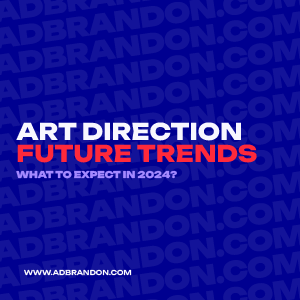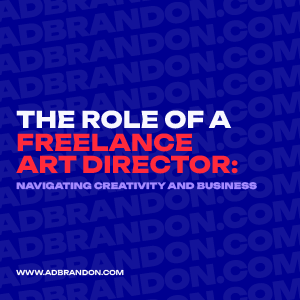 https://adbrandon.com/wp-content/uploads/2023/10/brandon-nogueira-art-director-motion-design-trends-2024-300px.webp
300
300
mampi99
https://adbrandon.com/wp-content/uploads/2024/01/adbrandon-logo-header-white.webp
mampi992023-09-27 10:59:072023-11-04 14:17:23Motion Design Trends 2024
https://adbrandon.com/wp-content/uploads/2023/10/brandon-nogueira-art-director-motion-design-trends-2024-300px.webp
300
300
mampi99
https://adbrandon.com/wp-content/uploads/2024/01/adbrandon-logo-header-white.webp
mampi992023-09-27 10:59:072023-11-04 14:17:23Motion Design Trends 2024Motion Design Trends 2024
Introduction
Motion design has seamlessly woven itself into the fabric of our digital world. As we step into 2024, the evolution of motion design is something that can be neither ignored nor underestimated. It breathes life into static graphics, instilling a sense of realism and dynamism.
The Evolution of Motion Design
From Static to Motion
The journey from static imagery to intricate motion designs has been revolutionary. Gone are the days when static images and graphics dominated the digital space. Today, motion design is a language that communicates the vibrancy and energy of the digital age.
Key Trends in Motion Design for 2024
Enhanced Realism
Use of AI and Machine Learning
AI and machine learning are at the forefront, driving the trend of enhanced realism. These technologies enable the creation of designs that are not just visually appealing but are also ingrained with intuitive responsiveness.
Interactive Motion Design
User Engagement
The designs of 2024 are characterized by their ability to engage users interactively. Every element, every movement is crafted to respond, react, and adapt to user interactions, making each experience unique.
Virtual Reality Integration
Virtual reality has breached the confines of gaming and entertainment. In 2024, VR is a significant trend, transforming motion designs into immersive experiences that transcend the ordinary.
The Impact on Industries
Entertainment
In the entertainment industry, motion design has escalated the visual experience to unprecedented heights. Every scene, every visual effect is a testament to the limitless possibilities that motion design holds.
Advertising
The advertising realm is another beneficiary. Advertisements are no longer just visual imageries but are interactive narratives that tell a story, engage the audience, and create memorable experiences.
Future Predictions
Innovations to Watch
As we gaze into the future, innovations in motion design are expected to redefine digital experiences. The integration of augmented reality, enhanced AI capabilities, and other technological advancements will be the trends to watch.
The Role of Designers
Designers are no longer just creators but innovators and storytellers. Their role is evolving to meet the demands of an audience that craves interactive, personalized, and immersive experiences.
Conclusion
Motion design in 2024 is not just a trend but a fundamental element that defines digital experiences. Its evolution, driven by technology and the insatiable appetite for interactive and immersive experiences, is a journey that is as dynamic and vibrant as the designs themselves.
FAQ
Q1: How has AI contributed to the evolution of motion design?
A1: AI has enabled the creation of more complex, responsive, and personalized motion designs by automating intricate processes and enhancing creativity.
Q2: What role does virtual reality play in motion design?
A2: VR transforms motion designs into immersive experiences, extending beyond visual appeal to engage the senses and emotions of the audience.
Q3: How is interactive motion design shaping user experiences?
A3: It makes digital interactions dynamic, responsive, and personalized, enhancing user engagement and satisfaction.
Q4: What future innovations are expected in motion design?
A4: The integration of augmented reality, enhanced AI, and machine learning capabilities are anticipated to drive the future of motion design.
Q5: How are industries like entertainment and advertising leveraging motion design?
A5: They use motion design to create interactive, engaging narratives that enhance visual storytelling and audience engagement.
Let’s Connect!
Start your creative journey today!
An Art Director’s Blog
Explore more of my articles.










